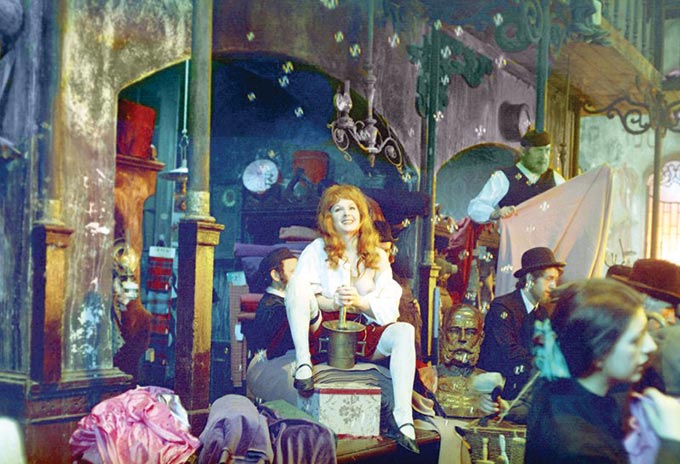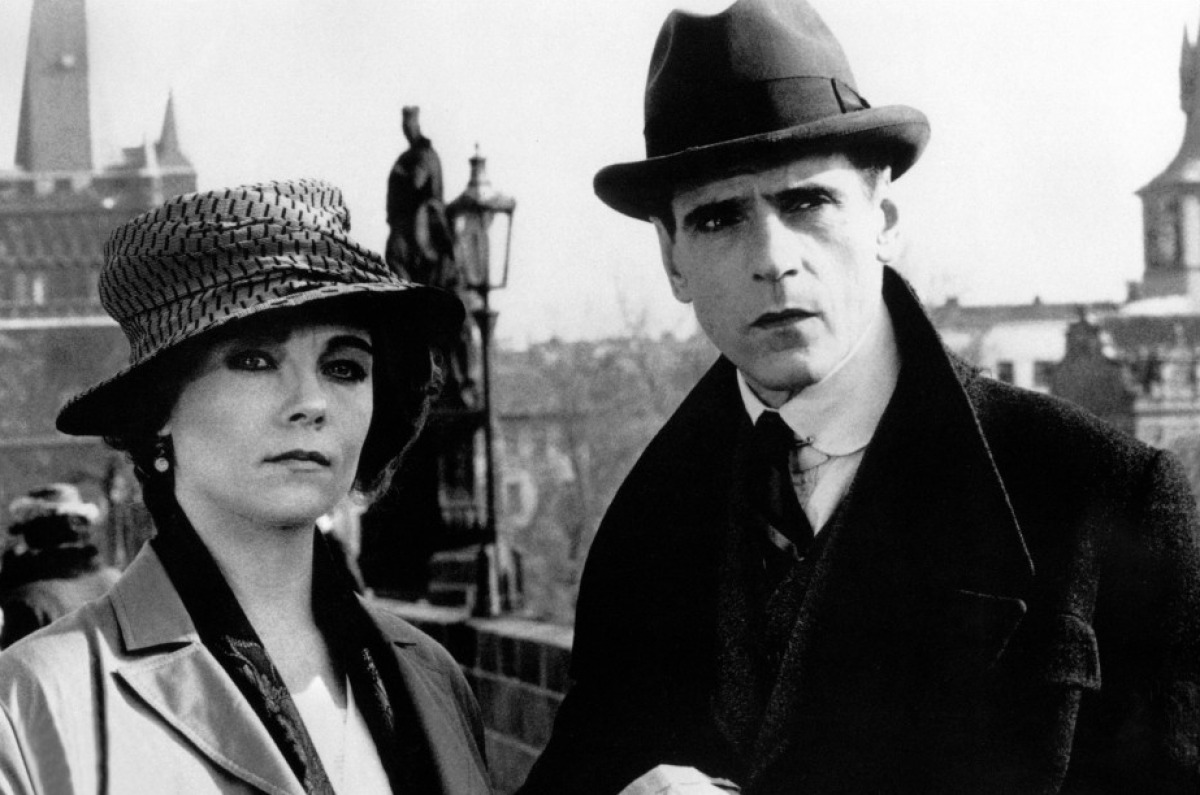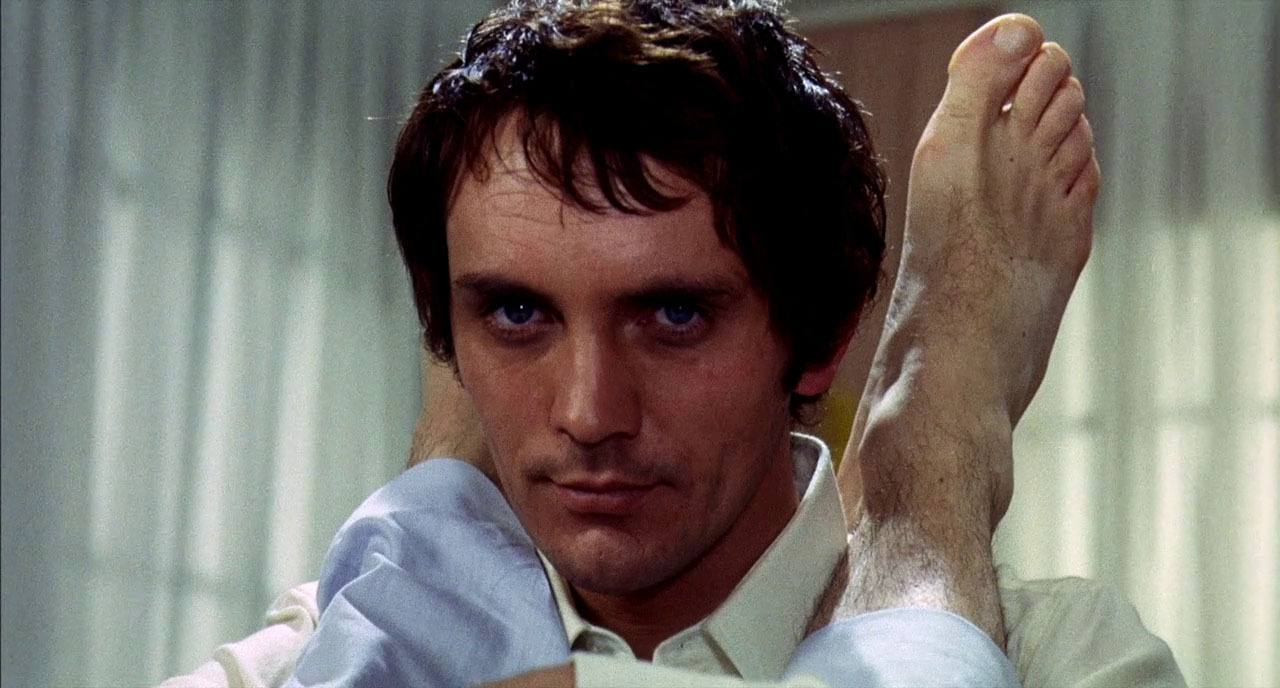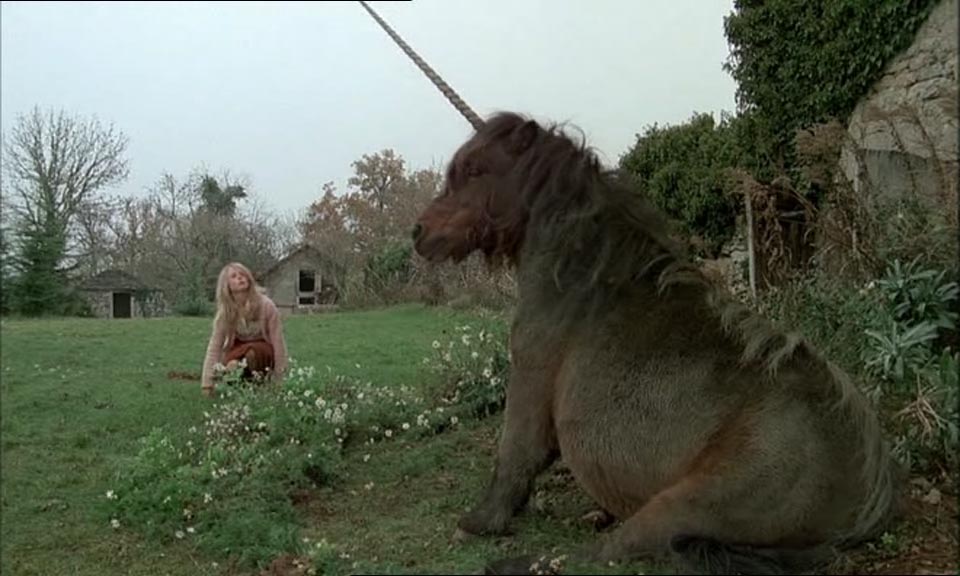
Yorgos Lanthimos is undoubtedly one of the most influential filmmakers to emerge from the last decade. The Greek made his directorial debut with the experimental feature film “Kinetta,” but it was with “Dogtooth” (2009) that he became successful and recognized worldwide; the film was nominated for an Oscar for Best Foreign Language Film of 2010 and was awarded with the Un Certain Regard at the Cannes Film Festival.
Immediately, his unique style gained great sympathy from a very wide audience, generating fans in both the most demanding criticism and the general public. It was not long before he began directing English-language films and relying on a cast from various countries, becoming an international director.
His unique style is something that has already undergone numerous attempts at labeling: Kafkian, absurd, black humor, among others, it is possible that their films are all this at the same time. Their sometimes childish characters placed in weird situations can impress anyone.
Until “The Killing of a Sacred Deer,” Lanthimos’ films worked with a very particular kind of acting on the part of the actors, who could impress with their bodies and ways of speaking, and strangely up to the absurd situations in which they found themselves.
“The Favourite,” his latest film, seems to be moving in another direction, but in any case, there’s no doubt that the Greek filmmaker continues to win fans of the most varied tastes around the world. The following list contains some movies that might please these thirsty fans, until the director’s next movie is released.
10. The Hourglass Sanatorium (Wojciech Has, 1973)

Based on a book by the great Polish writer Bruno Schulz, “The Hourglass Sanatorium” is a surrealist tale in which filmmaker Wojciech Has takes the opportunity to deal metaphorically with the sociopolitical problems experienced in the Poland of his time. Featuring true narrative acrobatics in its script, the film is very reminiscent of Lanthimos’ symbolic way of representing the unusual aspects of daily life, especially through the creation of very private and memorable characters.
In the movie, Josef is a young man on his way to a sanatorium in which his father, Jakob, is hospitalized. Arriving at the place, he realizes how abnormal the place appears to be, and more and more weird things happen. Suddenly, Josef’s father goes into a coma, and the young man goes through the endless environments of the sanatorium, where he will face nightmares, phobias, and old traumas, which will symbolically reappear in increasingly absurd and surrealistic situations.
9. Kafka (Steven Soderbergh, 1991)

Franz Kafka is one of the authors to whom Yorgos Lanthimos’s work is most often compared, especially for his unique way of working with absurdity and strangeness. This second feature film by American director Steven Soderbergh, written by Lem Dobbs (screenwriter for “The Limey” and “Dark City”) is a kind of reimagining of the life of the Czech writer, blending known facts about the author’s life with elements from some of his best known works, such as “The Trial,” “The Process” and “The Castle.”
In the movie, Kafka (brilliantly played by Jeremy Irons) is an introspective subordinate employee of a labyrinthine insurance company who dreams of being a writer. He spends hours and hours trying to write alone in his room, but is unsuccessful in trying to get published.
When one of his fellow aspiring writers, Eduard Raban, mysteriously disappears, the shy Kafka finds himself forced out of his monotonous life and taking the action of a detective to try to find out what actually happened to his friend. The plot features elements of thriller and political drama, and deals well mainly with the satire of the alienation established by bureaucratic systems.
8. Teorema (Pier Paolo Pasolini, 1968)

In this masterpiece by the great Italian director Pier Paolo Pasolini, we see how the arrival of an outsider affects the life of a bourgeois family in Italy in the 1960s. Terence Stamp plays the enigmatic and seductive unnamed visitor who ruthlessly enters the existence of each member from a respectable Italian model family.
From the maid to the patriarch, to her children and mother, this provocative Pasolini film stands out in relation to his other great works mainly because it is one of the best able to measure his degree of erudition with narrative – something that Lanthimos’ films can do very well, and thus achieve both public and critical success.
Perhaps the great resemblance of “Theorem” to Lanthimos’ films lies in his way of satirizing bourgeois customs and life: rather than printing a simple everyday and banal portrait, Pasolini creates a parable about the mechanisms of alienation from the conservative society that he has criticized. The role played by the visitor in “Theorem” resembles the role played by another “intruder” created by Lanthimos: Martin, played by Barry Keoghan in “The Killing of a Sacred Deer.”
7. The Skin I Live In (Pedro Almodóvar, 2011)

Pedro Almodóvar is known for his mastery of narrating his films, interspersing events from distant pasts that resonate with the present, intertwining relationships between characters and creating extremely inventive and consistent connections. In “The Skin I Live In,” it may be the moment when he uses it to the extreme, but this time introducing a range of weird and intriguing characters into the film that moves him further (though not completely) from his well-known melodramatic and farcical style.
In “The Skin I Live In,” Antonio Banderas plays a plastic surgeon with the air of a mad scientist, who lives in near seclusion in his mansion where he works. There he has a laboratory in which he develops a type of synthetic skin that can withstand any injury. He holds, as a guinea pig, a mysterious woman who is held hostage, and we only gradually know who she really is through the memories of the two characters’ past.
Gradually we come to understand how the situation turned out that way, and the strangeness grows ever larger; as soon as the great revelation is made, the whole situation previously seen takes on new meaning. The characters created by Almodovar here are among the most attractive and interesting of his work, as well as the narrative that develops in an exemplary way.
6. Black Moon (Louis Malle, 1975)

One of the main characteristics of Yorgos Lanthimos’s films is their constant refusal of a didacticism about the plot; in his films, viewers find themselves directly immersed in an absurd situation, having to gradually get used to thinking of it as something common and inherent to the story. In “Black Moon,” Louis Malle, who has made films of impressive variety across genres, shows yet another facet of his versatility in a film that flirts with surrealism.
The first 25 minutes of “Black Moon” are symptomatic and help set the mood that will extend throughout the plot. During this time, there is virtually no dialogue and we follow a young woman who seems to be on the run, traveling strange places with her car; she sees masked soldiers, watches a shooting, runs away from gunfire, views naked children playing with a huge pig, and even a unicorn appears in their path. She finds things getting weirder, until she comes to a house where she encounters an old woman playing in her bed with her pet rat.
The old woman starts talking on a kind of radio where she starts to mock everything that the girl had just witnessed. It is remarkable how Malle works here with the use of semiotic elements, which are brilliantly articulated in conjunction with his narrative so that we slowly understand what is present between the lines of the story.